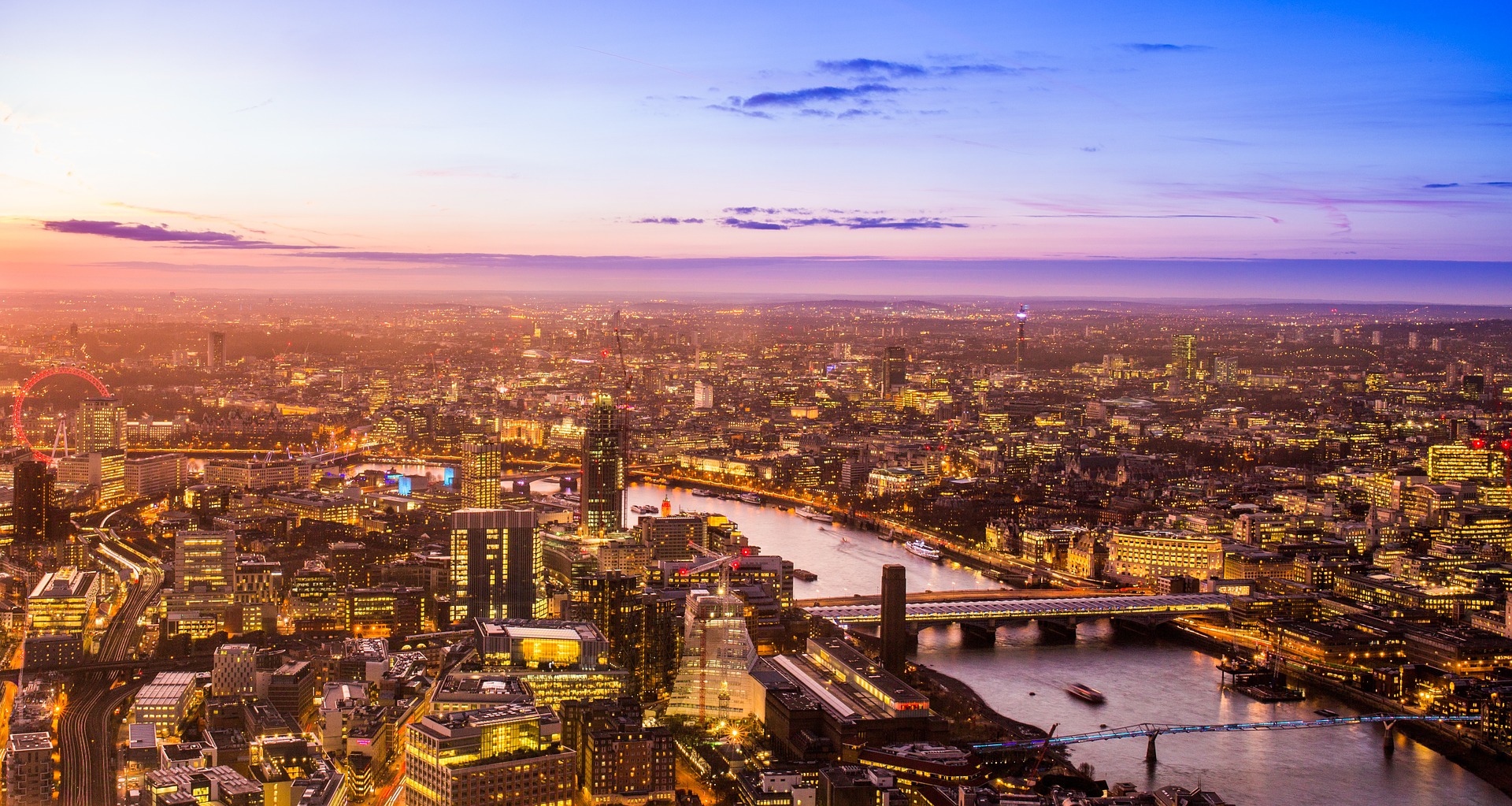Anyone living outside of London might think of it as one united city, but that’s not quite the case. In fact, Charles Dickens’ title ‘A Tale of Two Cities’ is perhaps more relevant to our capital than anything. The North and Southbank of the Thames present two different worlds, and so we have the North-South divide of London.
What is London’s North-South Divide?
If you’ve ever watched HBO’s series Game of Thrones, you can think of the Thames as the equivalent of ‘the wall’.

The North and South of the Thames live completely different lives, and it’s apparent the minute you cross a bridge from one side to the other.
Why is there a divide?
There’s a lot of history behind London’s North-South divide, but basically, it’s all about money.
If you’ve ever walked alongside the Thames in the heart of London, you probably noticed that the most important and wealthy buildings all lay on the same side of the river: the North. Westminster, Parliament, Strand, and that’s just a few. Of course you’ve also got Mayfair, Park Lane and the rest of the more expensive properties on the monopoly board which all belong North of the river.

Until recently, the North towered over the South, both literally, with it’s high reaching buildings, and in terms of wealth. It’s just that the North was where the city was, and therefore the money.
The South was the cheaper and rougher viewing platform to the other side of the river, with Southbank being the site of several of London’s prisons, including the infamous Clink Prison. The north and south of the Thames were so divided that even cab drivers wouldn’t cross the river to the south.
But recently the divide has lessened. Southbank is now home to one of Europe’s tallest building, the Shard, and of course the London Eye. There’s no longer any real difference in wealth between the two sides of the river, property prices in the South are even slightly higher than those in the North at the moment!
Yet still, North and Southbank aren’t quite on the same wavelength, there’s a noticeable change in atmosphere the minute you cross the Thames from one side to the other.
So what’s the difference between the North and South Bank?
Speed
Going from North to Southbank is like coming off a motorway into a 30mph zone.

With journalists and MPs scurrying about Westminster and Whitehall, and business men barging through tourists on Strand and Fleet Street, life on the North bank is a much faster pace.
There’s no hesitation, if you hesitate you’ll likely be stumbled over, tutted at and pushed past. Everyone north of the river walks with purpose, and at the speed of someone who is incredibly late.
The fast pace can be thrilling, if like me you enjoy pretending you’re important (or maybe you are actually important), but heading over to the South, to the slower pace of life is always a welcomed breather.
Stepping off the Millennium Bridge onto the Southbank comes with a sigh of relief. People dawdle, browse, chat and even smile. It’s the artsy side, and all artists have time, they wouldn’t make or appreciate art if they didn’t. The relaxed atmosphere rubs off on you when you walk along the Southbank, you can’t help but embrace the laid back attitude.
Dress code
Every city has it’s variety of styles, and you can always sort of predict which area each style might pop up in, London’s no different.
As you might expect, the north of the Thames is a sea of suits. Obviously there are those of us like me that might rock up at Westminster in jeans, but if you look around, the majority are going to be fairly well dressed. Remember, with Parliament and the High Court on it’s side (literally), this is the home of politics and law.

The South Bank, however, is as laid back in clothing as it is in speed. The North might see you walking amongst journalists, lawyers and even MPs, but on Southbank you’re probably more likely to meet a tourist from Hull.
The Parade of Wealth
London is a city, the capital city, and so naturally, a lot of areas have been transformed into parades of wealth. Those statues and modernistic, high rise buildings are statements of grandeur and affluence.
From Trafalgar Square to the Southbank Lion statue, both the North and Southbank indulge in such ornamental displays of wealth, especially now the artistic millennium bridge joins the two.

The difference is that it’s much more noticeable on the north side. Only recently has the South started building up.
Strand even has a hat shop, as if Westminster, the Houses of Parliament and Saint Paul’s Cathedral weren’t enough to convince you of London’s wealth.
Aside from the Shard of course, the Southbank is a lot more modest. Shakespeare’s globe remains quaintly authentic. The Tate Modern maintains the exterior of an old factory, with no attempt to modernise the building to match the art inside it. The Southbank may be on it’s way up, but it’s proud of it’s history.
Eye Contact
Like I said, north of the Thames, people are very much preoccupied with going about their day, there’s no time for anyone else on the North bank. So the likelihood is that you could be dressed in luminous yellow and still no one would acknowledge you.
Cross over to Southbank however and no matter who you are, what you look like, you’ll get a smile from someone.
Summary
So, London’s North-South divide is lessening more and more each day. But old habits die hard, and whilst the gap in wealth difference closes, the opposite sides maintain opposite vibes.

